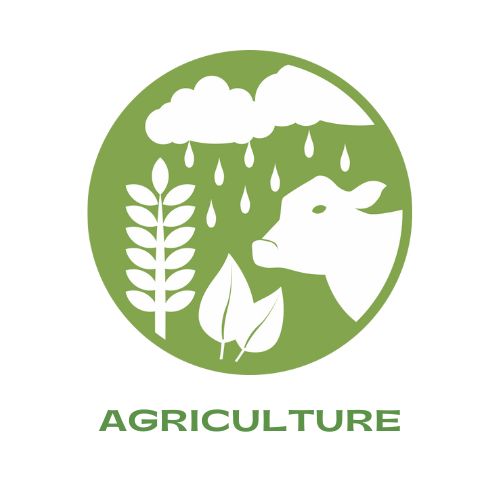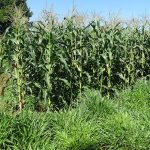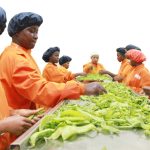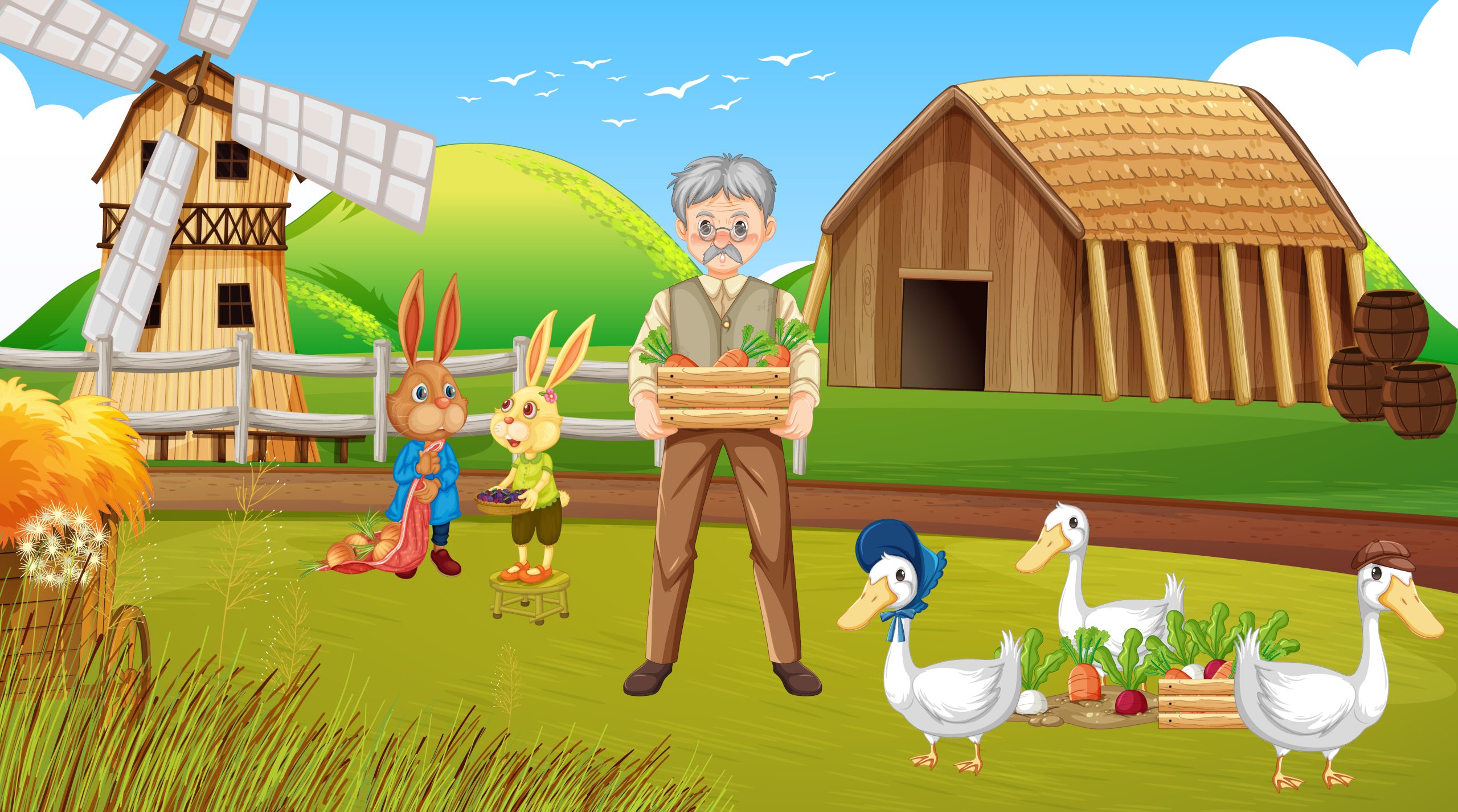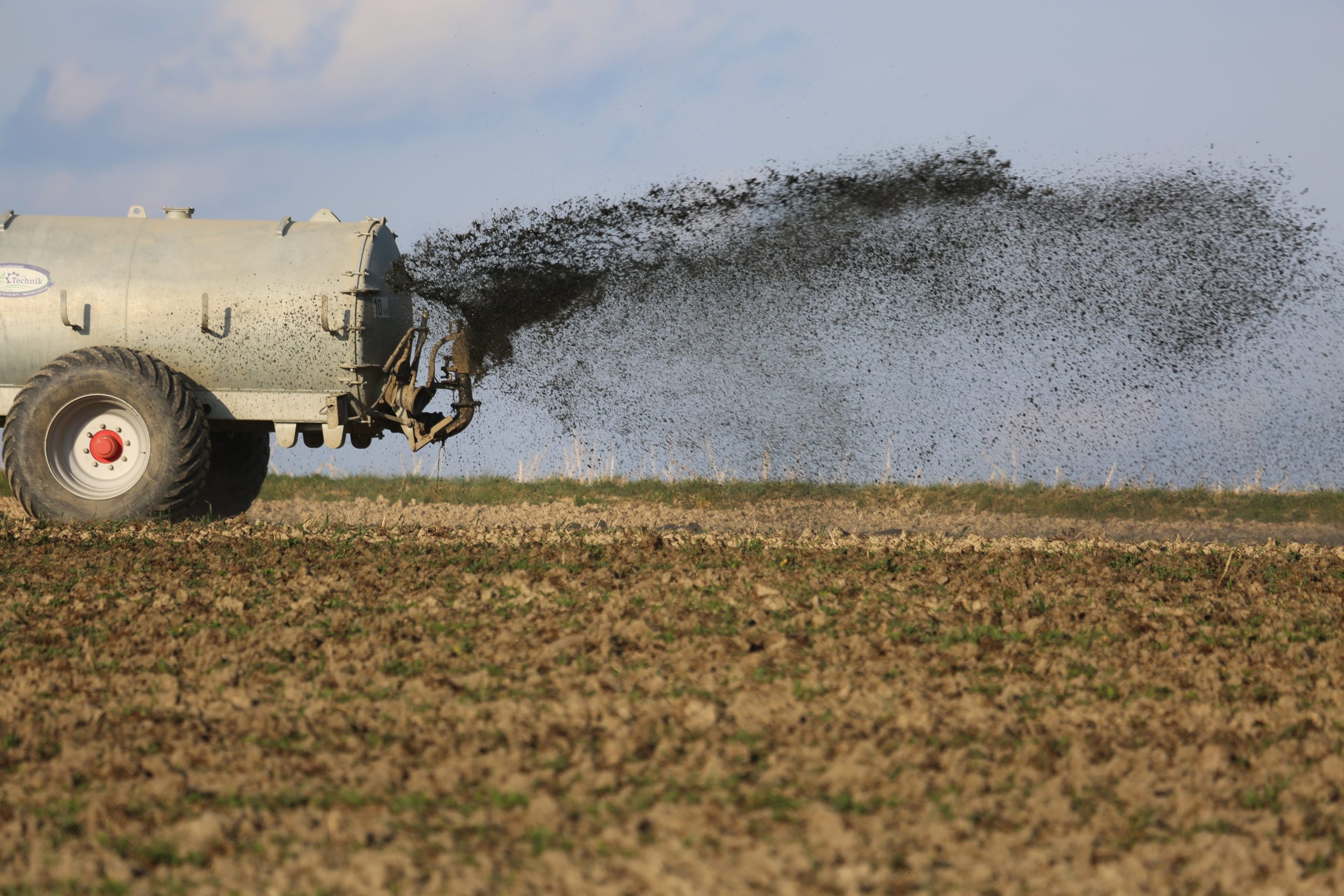Milk and dairy foods hold an important place in many diets and food cultures. Global dairy consumption continues to rise, with over 822 million tons forecast by 2027. Meeting this demand sustainably requires balancing productivity with animal wellbeing.
There is growing recognition that low-stress techniques and cow comfort are key to ethical, high-quality milk production. When properly implemented, these practices also benefit farmers through improved cow health, longer productive lifespans and better environmental outcomes.
This article will explore the latest science-based guidance for on-farm animal welfare in the dairy industry. We will cover nutrition, housing, pasture access, health management and impactful technologies. By highlighting holistic approaches that put cow needs first, we hope to inform conscious consumers and support continual improvement across the dairy sector.
Nutrition Geared Toward Dairy Cow Health
A balanced, consistent diet tailored to a dairy cow’s needs is the foundation for productivity and wellbeing. Nutrition directly impacts rumen health, fertility, milk production, and resistance to metabolic disorders. Relevant guidelines like the FARM Program Animal Care Manual provide detailed direction on feed routine, testing, storage, and diet adjustments.
Providing free-choice access to fresh water and a total mixed ration (TMR) designed by a professional nutritionist is ideal. The TMR should consist primarily of good-quality forage like grass, legume hay, or silage. Grain supplementation must be managed to avoid rumen acidosis from excess carbohydrates. On pasture-based operations, monitored grazing systems are recommended to ensure adequate nutrition from the available vegetation.
During transitions like calf weaning, dry off periods, and the 3 weeks pre- and post-calving, extra nutritional attention is warranted. Strategic diet shifts and supplements at these sensitive windows reduce metabolic diseases and set cows up for lactation success. Regular body condition scoring helps spot issues like excessive thinness so interventions can get nutrition back on track.
Comfortable, Safe Dairy Housing
Whether in barns, on pasture, or a combination, dairy cows require housing that meets natural needs for resting, socializing, and exercising. Barns should provide clean, dry bedding and sufficient space for cows to easily stand up, lie down, eat, and move about. Regular manure removal and maintenance preserves cleanliness and air quality.
Sand bedding offers a soft surface that invites lying down, important for productivity and hoof health. Deep-bedded compost pack barns are an increasingly popular housing option, providing a soft, nutritious bedding pack. These compost barns improve cow comfort while reducing waste volume.
In warmer climates, pasture-based systems allow freedom of movement and natural behaviours. During winter or extreme weather, access to sheltered barns remains essential. Shade, fans, and misters enable cooling in hot conditions. Transitioning heifers and calves require extra considerations like draft protection and socialization opportunities.
Regular Access to Pasture
When possible, regular access to pasture provides multiple benefits for dairy cows. Time on pasture allows exercise, grazing, and natural social groupings. Grass intake adds vitamins and nutrients while stimulating digestion.
Pasture access has been linked to improved hoof and leg health compared to fully confined cows. And zero-grazing dairy systems rely more heavily on supplements over grazing. However, pasture systems require close monitoring of forage quality, stocking density, and milk production impacts.
If pasture vegetation alone cannot support production needs, strategic supplemental feeding enables the best of both worlds. During weather extremes, cows may be kept in barns and provided cut pasture via ‘green chop’ systems. Integrated crop-livestock farms allow cows to graze cover crop residue after cash crop harvest. Such hybrid approaches satisfy the Cow Comfort Index, a Wisconsin study rating modeloptimal dairy cow environments.
Proactive Herd Health Management
Preventative care measures and early disease intervention are central to low-stress animal husbandry. Cornell University identifies regular vet checks, prompt treatment, vaccinations, and sanitation protocols as vital for herd health. Monitoring programs allow tracking of nutrition, lameness, calving stress, and production metrics.
Farm staff should watch for limping, lethargy, appetite changes, and other signs of potential illness. Cows have highly attuned social senses, and behavioral shifts can signal discomfort or distress. Handling facilities like chutes and headlocks must minimize stress during vet exams.
Following birthing, calves receive colostrum for immune protection and nutrition. To limit overexertion and hunger, calves remain with the dam or are bottle-fed multiple times daily. Gradually transitioning from milk to solid feeds post-weaning reduces stress.
Low-stress handling techniques build trust between animals and handlers. Slow, calm movements in small groups prevent panic reactions. Such positive handling makes movement between pasture, barn and milking parlor less stressful. Cornell identifies handling skills as “one of the most important aspects of good animal care.”
Impactful Technologies
Advanced technologies provide new solutions to enhance on-farm welfare. For example, wearable cow activity monitors from companies like HerdDogg track individual animal behaviour and health 24/7. Alerts notify farmers of emerging issues, allowing earlier intervention.
Automated milk feeding systems for calves like those made by Milkbar allow specific nutrient blends and weaning based on consumption cues. Drone infrared imaging helps locate injured animals in pasture settings. Robotic laser systems create virtual fences to safely contain cattle.
Cow cooling technologies like Korral Kool barn fans and sprinklers provide relief from heat stress. Flooring mats from PastureMat allow added cushion and traction. Such udder support and grip reduces slips and injuries, especially during mounting and birthing. Monitoring innovations continue to expand, creating data-rich opportunities to refine practices.
Author’s Remarks
Happy, low-stress dairy cows are the key to ethical, sustainable milk production. Conscientious consumers play an important role by supporting producers investing in cow comfort improvements. With growing interest in animal welfare, the dairy sector has an opportunity to become a model for humane livestock management.
Through ongoing research, training, and technology adoption, dairy farmers can continue raising the bar on responsible farming. When we recognize and provide for the needs of cows and calves, they reward us in kind through ample high-quality milk to nourish families for generations to come.

